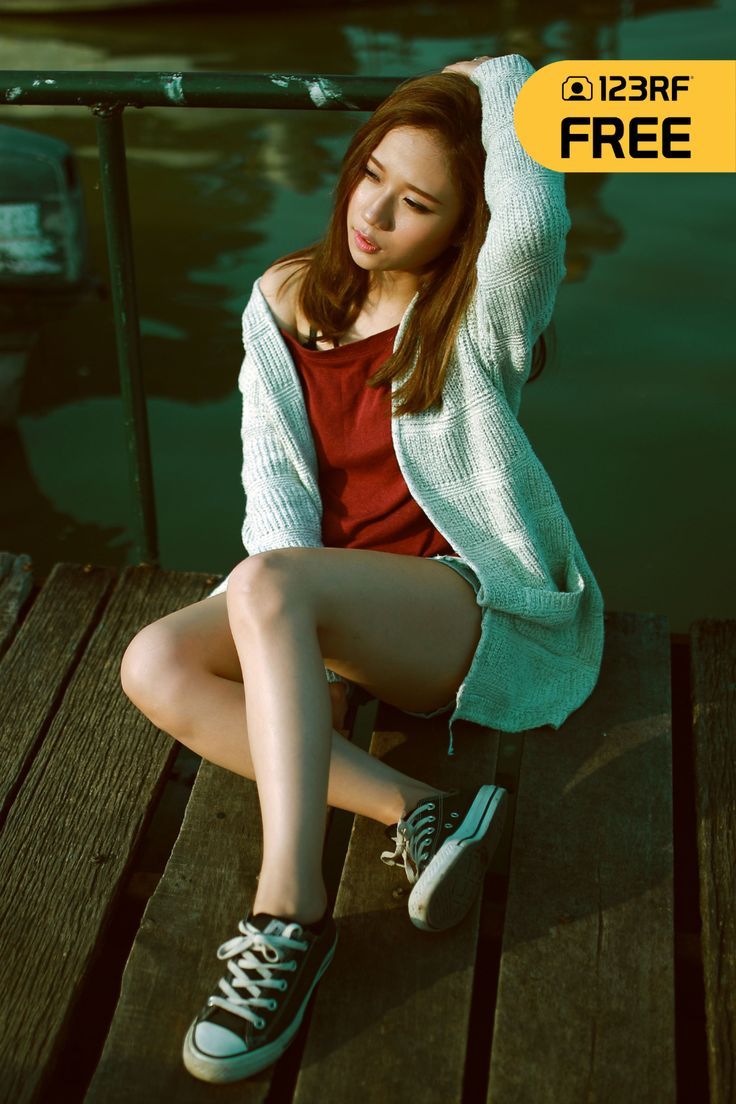In a world where visuals speak as loudly as words, understanding image licensing is crucial for anyone working with images—be it for personal projects, professional designs, or media publications. Image licensing is essentially the legal way to use someone’s copyrighted work without running into copyright issues. When you choose an image from a stock photo website like 123RF, you're not just downloading a pretty picture; you're entering into an agreement on how you can use that image. This helps protect the rights of the creator while allowing you the flexibility to use imagery in your work. So let's delve into what image licensing means for you and your projects!
Understanding 123RF and Its Licensing Terms

123RF is one of the most popular stock photo websites, offering a treasure trove of images, videos, and audio files for creators. But with a vast library of options comes a unique set of licensing terms that you need to be aware of. Here’s a breakdown of how 123RF handles licensing:
- Standard License: This is the most commonly used template. It permits you to use the image for personal, educational, or commercial purposes but has certain restrictions. For instance, you can’t use it for resale or in merchandise meant to sell.
- Extended License: If you need more freedom with an image, the extended license is your go-to. This lets you use the image in ways that would otherwise be restricted under a standard license, like integrating it into products for resale.
Understanding these distinctions is vital because improper use can lead to legal disputes, not to mention the loss of creative integrity. Here’s a small table to summarize some key points:
| License Type | Allowed Use | Restrictions |
|---|---|---|
| Standard License | Personal, educational, and commercial projects | No resale or inclusion in merchandise |
| Extended License | Broader use, including resale | None specified, but usage must comply with site rules |
By understanding these licensing terms at 123RF, you can confidently select images (and credit them correctly!) while staying on the right side of copyright law.
Also Read This: How to Create Custom Ringtones from YouTube
Steps to Credit Images from 123RF

When you use images from 123RF in your projects, it’s essential to give proper credit. This not only supports the creators but also enhances your credibility as a content creator. Let’s break down the steps you need to follow to credit these images correctly:
- Check Licensing Information: Before anything else, ensure you understand the licensing terms of the image you wish to use. Every image has specific guidelines on how it needs to be credited.
- Look for Required Attribution: Many images may require specific credit formats. Usually, this includes the creator’s name or the website's name. Make sure you include it exactly as suggested.
- Format Your Credit: A common format for crediting images is:
“Image by [Artist Name] from 123RF”
Customize it according to the specific requirements stated in the licensing. - Include a Link (if applicable): Some licensing arrangements may require you to include a hyperlink back to the image on 123RF. This is particularly common for free images.
- Placement of Credit: Place the credit information clearly near or below the image, ensuring it’s visible but not intrusive. This helps maintain the aesthetic of your project while providing necessary attribution.
By following these simple steps, you’ll ensure that you respect copyright laws while using stunning images from 123RF in your projects!
Also Read This: Here’s A Complete and Eye-Opening Review on VK Video Downloader for PC
Common Mistakes to Avoid When Crediting Images
While crediting images may seem straightforward, there are several pitfalls that can lead to improper attribution. Here are some common mistakes to avoid:
- Ignoring Licensing Terms: Some users may overlook the specific licensing agreements and use images without proper acknowledgment. Always read and understand the terms.
- Omitting Artist Details: Failing to include the artist’s name or credit the source can lead to issues. Even if the image doesn’t strictly require it, it’s a respectful practice.
- Using Incorrect Formats: Not adhering to the suggested format can be problematic. Using an approved format ensures you meet attribution requirements.
- Forgetting the Link: If required, forgetting to include a link back to the image can diminish the credit’s effectiveness. Always double-check.
- Placement Errors: Placing the credit in an obscure location can make it look like an afterthought. Ensure it’s prominently displayed.
By avoiding these common mistakes, you can credibly use images from 123RF without running into potential copyright issues. It’s all about giving credit where it’s due!
Also Read This: Unblurring a YouTube Video with Effective Techniques and Tools
Examples of Proper Image Credits
When using images from 123RF or any stock photo site, properly crediting the source is critical to maintain copyright compliance and show respect for the creator's work. Here are some practical examples of how to credit images correctly:
- Basic Credit: When including an image in your blog, simply write:
Image by username from 123RF
- In-line Credit: If you're mentioning the image within the text, you could say:
Check out this beautiful landscape photo (Image by username from 123RF)!
- With a Link: Always link back to the image's page on 123RF. For example:
Take a look at this amazing shot: Image Title by username from 123RF.
- Gallery Credits: If displaying multiple images on a page, consider a centralized credit section:
Image Credits:
1. Image Title by username from 123RF.
2. Another Image Title by another_username from 123RF.
These examples can guide you in giving proper credit and protecting yourself legally while also supporting the creators who contribute to the stock image community.
Conclusion and Best Practices for Image Usage
In conclusion, using images from 123RF for your projects can significantly enhance their visual appeal. However, it’s crucial to remember the importance of giving proper credit. Here are some best practices for image usage:
- Read the License: Always check the licensing agreement associated with the specific image. Different images may have different requirements regarding attribution.
- Include Clear Credits: As we've discussed, providing visible and clickable credits is essential. Make them easily recognizable to give proper attribution.
- Be Consistent: Follow a consistent style for crediting images throughout your project to maintain professionalism.
- Link Back: Always link back to the source and the contributor’s profile whenever you can, as it helps promote their work.
- Respect Usage Limits: Be aware of how many times you can use a particular image. Some licenses may have restrictions on usage across multiple projects.
By adhering to these best practices, you not only comply with legal requirements but also cultivate a respectful relationship with artists and photographers. Your thoughtful approach to image usage can positively impact your readers and the creative community alike. So go ahead, edit those credits, and let your work shine with proper acknowledgment!
 admin
admin








